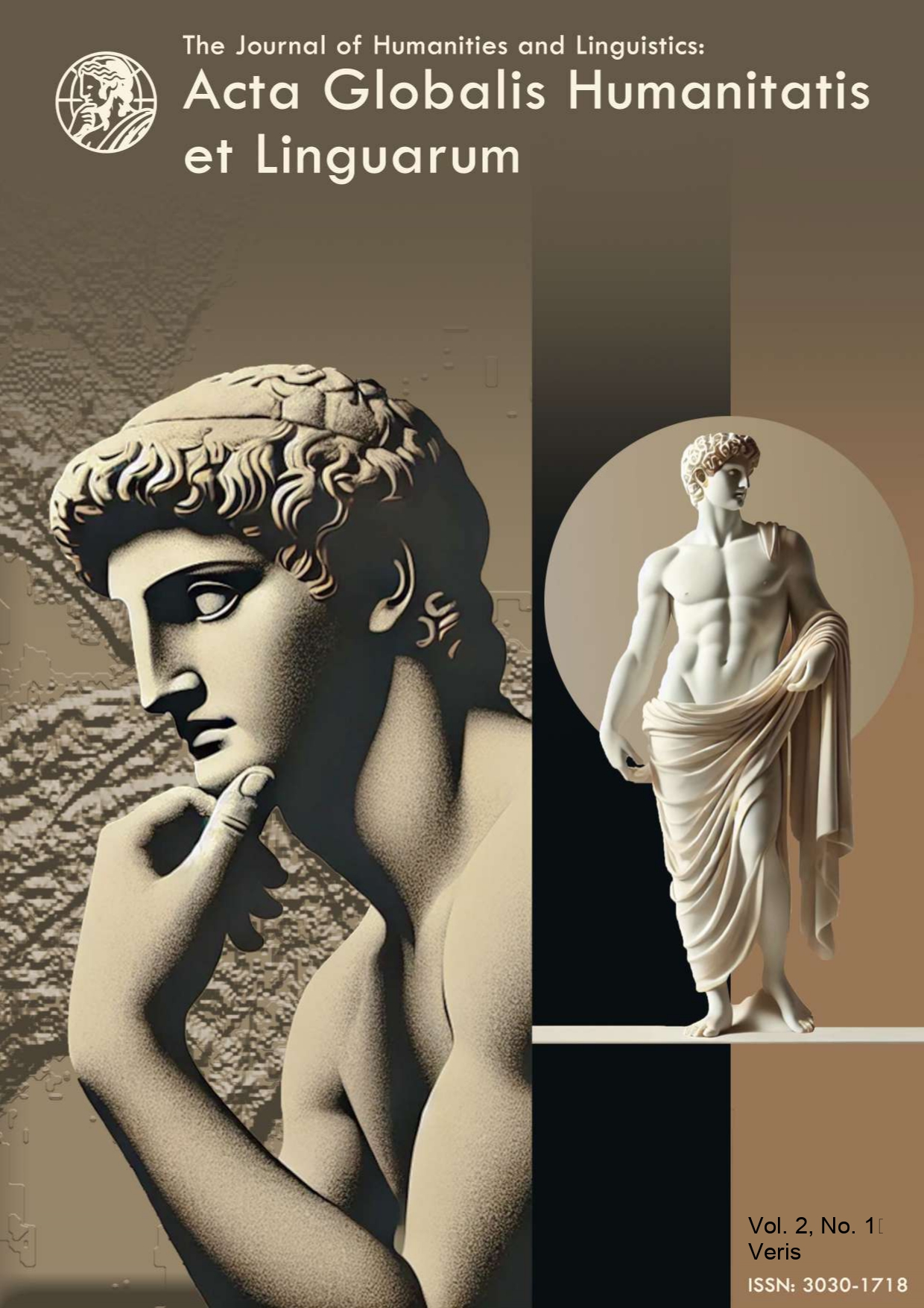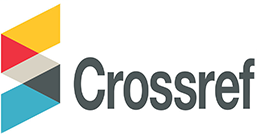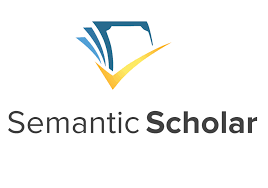Cognitive and Pedagogical Dimensions of Translation: A Theoretical and Practical Exploration
DOI:
https://doi.org/10.69760/aghel.02500127Keywords:
Translation, Process, Pedagogy, Culture, TechnologyAbstract
This article examines translation as more than just word-for-word conversion—it’s a blend of analytical decision-making, cultural sensitivity, and creative expression. By exploring translation as both a systematic process and an intuitive art, the discussion highlights its significant role in language teaching. Practical techniques are provided to help students and educators enhance their linguistic skills, improve critical thinking, and adapt to new technologies in the field. This approach bridges theory and practice, offering a well-rounded guide to mastering modern translation.
References
Alisoy, H. (2023). Enhancing Understanding of English Phrasal Verbs in First-Year ELT Students Through Cognitive-Linguistic Methods.
Babayev, J. (2023). Cognitive aspects of simultaneous and consecutive interpretations. Interdisciplinary Science Studies, (1).
Babazade, A. (2024). On the study of linguistic characteristics in the translation of publicistic texts. EuroGlobal Journal of Linguistics and Language Education, 1(1), 76-85. https://doi.org/10.69760/bfvmbm03
Dagilienė, I. (2012). Translation as a learning method in English language teaching. Studies about languages, (21), 124-129.
Doherty, S. (2016). Translations| the impact of translation technologies on the process and product of translation. International journal of communication, 10, 23.
Kiraly, D. C. (1995). Pathways to translation: Pedagogy and process. Kent State UP.
Levý, J. (1967). Translation as a decision process. To honor Roman Jakobson: Essays on the occasion of his seventieth birthday II, 1171-1182.
Lörscher, W. (1992). Investigating the translation process. Meta, 37(3), 426-439.
Lörscher, W. (2005). The translation process: Methods and problems of its investigation. Meta, 50(2), 597-608.
Mammadova, I. (2024). Understanding the Function of Past Participles in Complex Sentences. Journal of Azerbaijan Language and Education Studies, 1(1), 1-21.
Naghiyeva, G. (2024). Choosing the right methods during the formation of speaking skills. EuroGlobal Journal of Linguistics and Language Education, 1(2), 58-64. https://doi.org/10.69760/b2j5bs32
Nakhchivan, E. M. (2023). Phonetics and Phonology at NSU: Integrating the Eclectic Method in Transformative Student Research. Web of Semantics: Journal of Interdisciplinary Science, 1(2), 25-29.
O'Brien, S. (2009). Eye tracking in translation process research: methodological challenges and solutions. Methodology, technology and innovation in translation process research, 38, 251-266.
OGLU, H. A. H. (2023). Task-based teaching, learning, and assessment in ELT: A case study of innovative practices. International Journal of Philosophical Studies and Social Sciences, 3(5), 25-33.
Robinson, D. (2003). Becoming a translator: An accelerated course. Routledge.
Sadiqzade, Z., & Alisoy, H. (2024). Level-Up Learning: Using Games to Teach English Across Student Levels. EuroGlobal Journal of Linguistics and Language Education, 1(3), 181-194. https://doi.org/10.69760/egjlle.20240104
Tymoczko, M., & Gentzler, E. (2002). Translation and power. University of Massachusetts Press.
Downloads
Published
Issue
Section
License
Copyright (c) 2025 Acta Globalis Humanitatis et Linguarum

This work is licensed under a Creative Commons Attribution-NonCommercial 4.0 International License.







